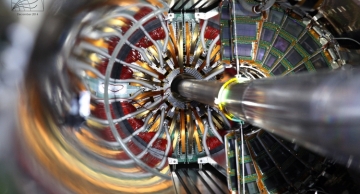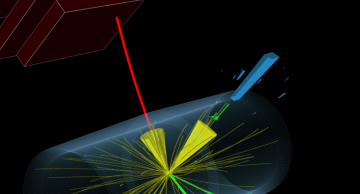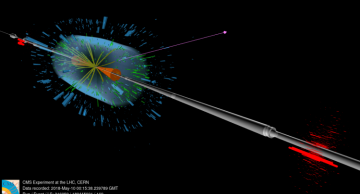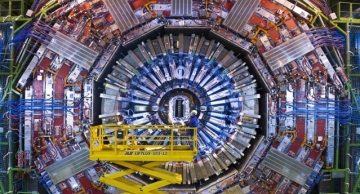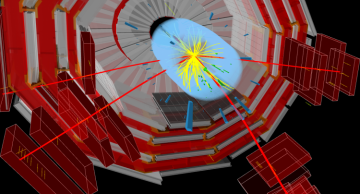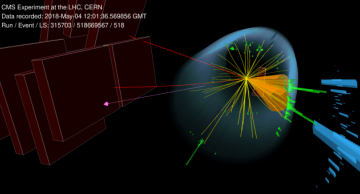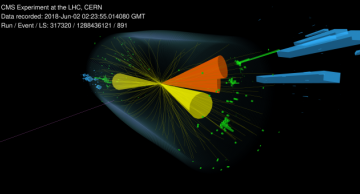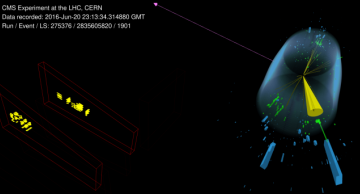CMS casts a wide net in the hunt for undiscovered particles
Physicists at the CMS experiment have been searching for new particles in exciting new places. In a recently published paper, they explore the possibility that the Large Hadron Collider (…
News
|
mazumdar |
Physics
One of the intriguing questions in particle physics is the origin of mass of the fundamental particles. The question we ask is: is the Higgs boson responsible for the masses of all the known particles? The well-established theory of particle physics…
|
mazumdar |
Physics
One of the fundamental puzzles we face today is the dark matter (the dunkle materie, as called by the Swiss physicist Fritz Zwicky back in 1933) in the universe. It is highly abundant (almost five times more than all the objects put together…
|
mazumdar |
Physics
The word lepton comes from the Greek λεπτός (leptós,) meaning “small”; the electrically charged leptons (electrons, muons, and taus) have much smaller masses than their counterparts in the quark sector. For example, the tau particle is the…
|
fblekman |
Physics
Since the Higgs boson discovery in 2012 by the CMS and the ATLAS collaborations, the interaction of the Higgs boson with other fundamental particles as well as with itself are studied with ever-increasing precision to pin down the nature of this new…
|
mazumdar |
Physics
The collision of high-energy protons at the LHC breaks them apart and allows us to look at its constituents. Surely there are more interesting stuff in store, compared to the usual constituents at lower energy, the up and the down type quarks.…
|
mazumdar |
Physics
The Higgs boson is peculiar in many respects. Like most other elementary particles, it is unstable and lives only for an extremely short time, 1.6 x 10-22 seconds, according to the established theory of particle physics (the standard model). Pretty…
|
fblekman |
Physics
The Higgs boson, once the sought-after holy grail of particle physics, has now been with us for almost a decade. By now physicists are able to use the Higgs boson itself as a tool for the next discovery beyond the standard model. …
|
fblekman |
Physics
Apart from the “World Wide Web,” three Ws may also have a different interpretation in the LHC era. The standard model of particle physics is a mathematical construct that connects three of the four fundamental forces of nature and classifies all…
|
mazumdar |
Physics
The standard model of particle physics is our current best theory to describe the most basic building blocks of the universe, the elementary particles, and the interactions among them. At the heart of the standard model is a hypothesis describing…
|
mazumdar |
Physics
After the Higgs boson discovery in the year 2012, the standard model of particle physics offers a complete and consistent description of elementary particle interactions that, despite the many attempts, has not been falsified by experimental…
|
fblekman |
Physics
As physicists seek the elusive particles that may reveal a new understanding of the universe’s inner workings, one intriguing possibility is the conceivable existence of new particles that live in a shadow universe, called the “dark sector.” The…

